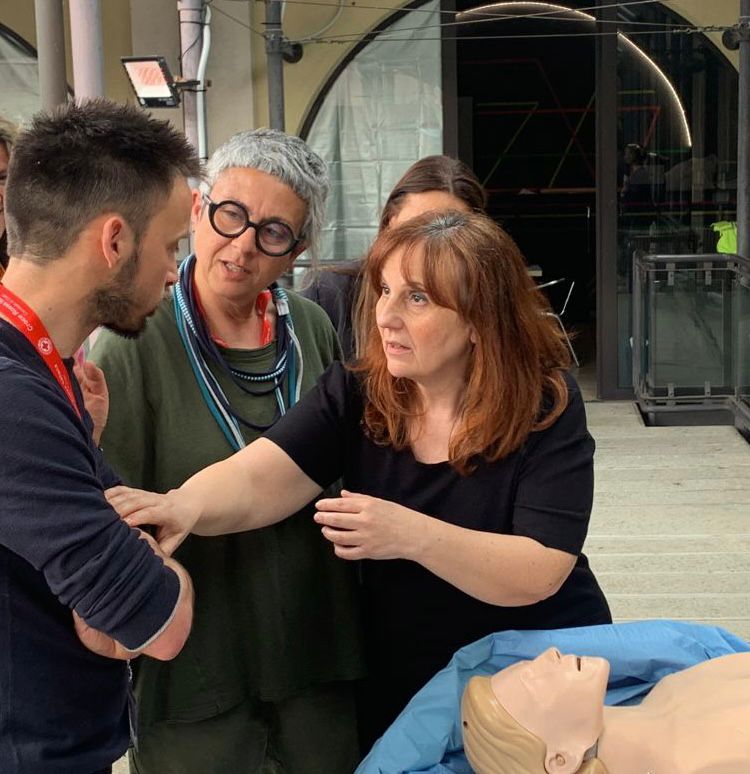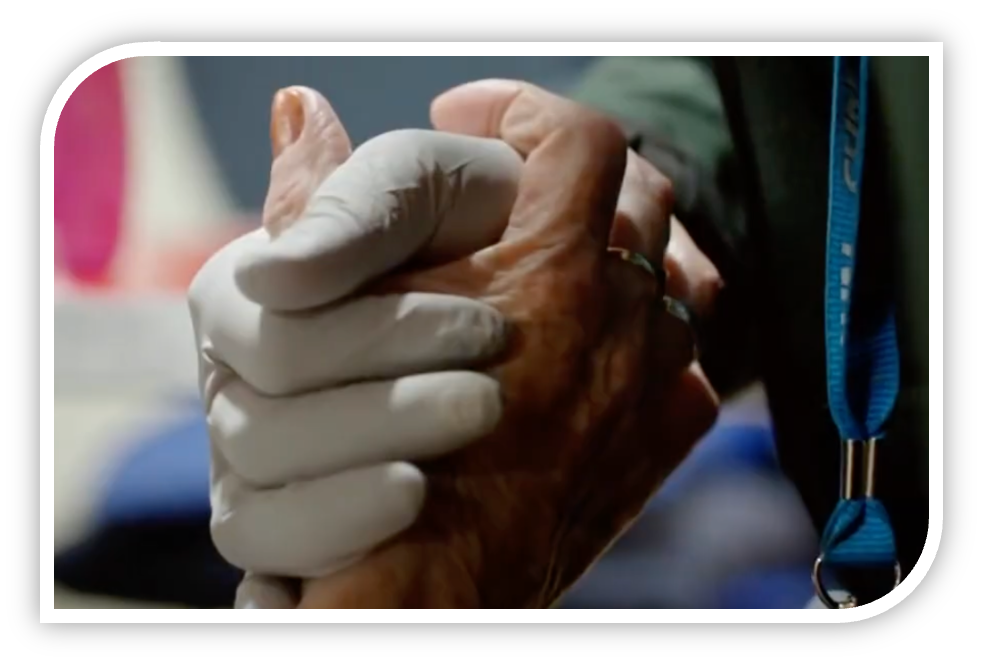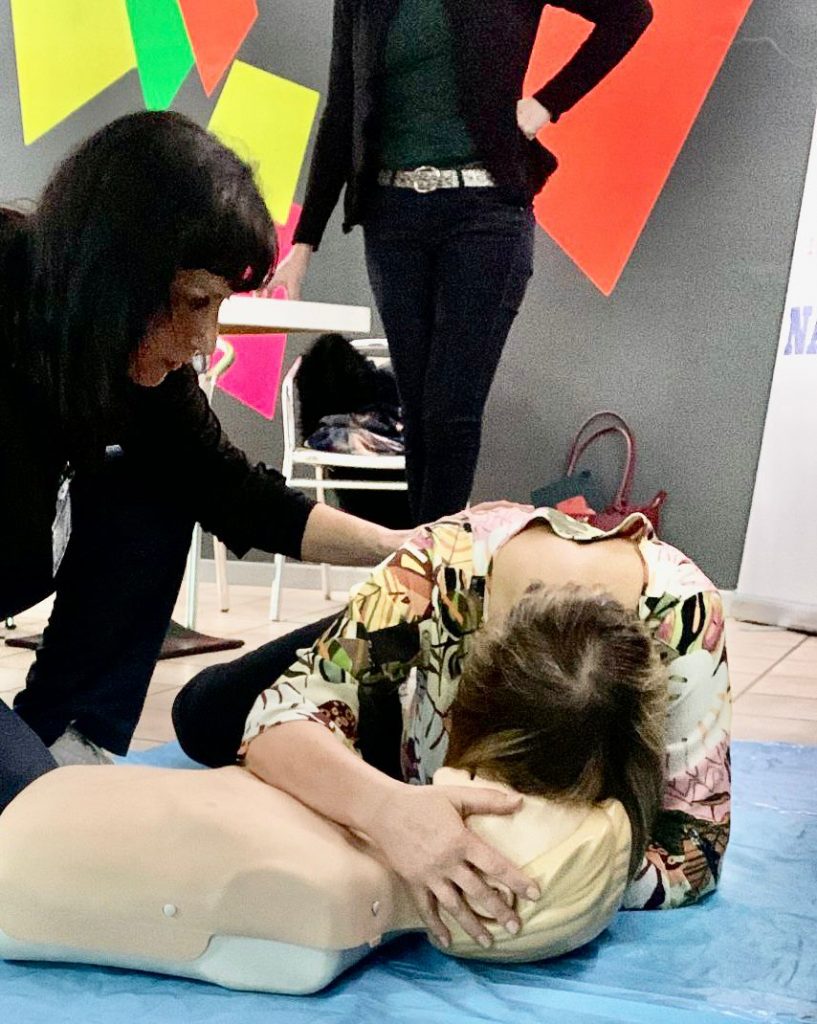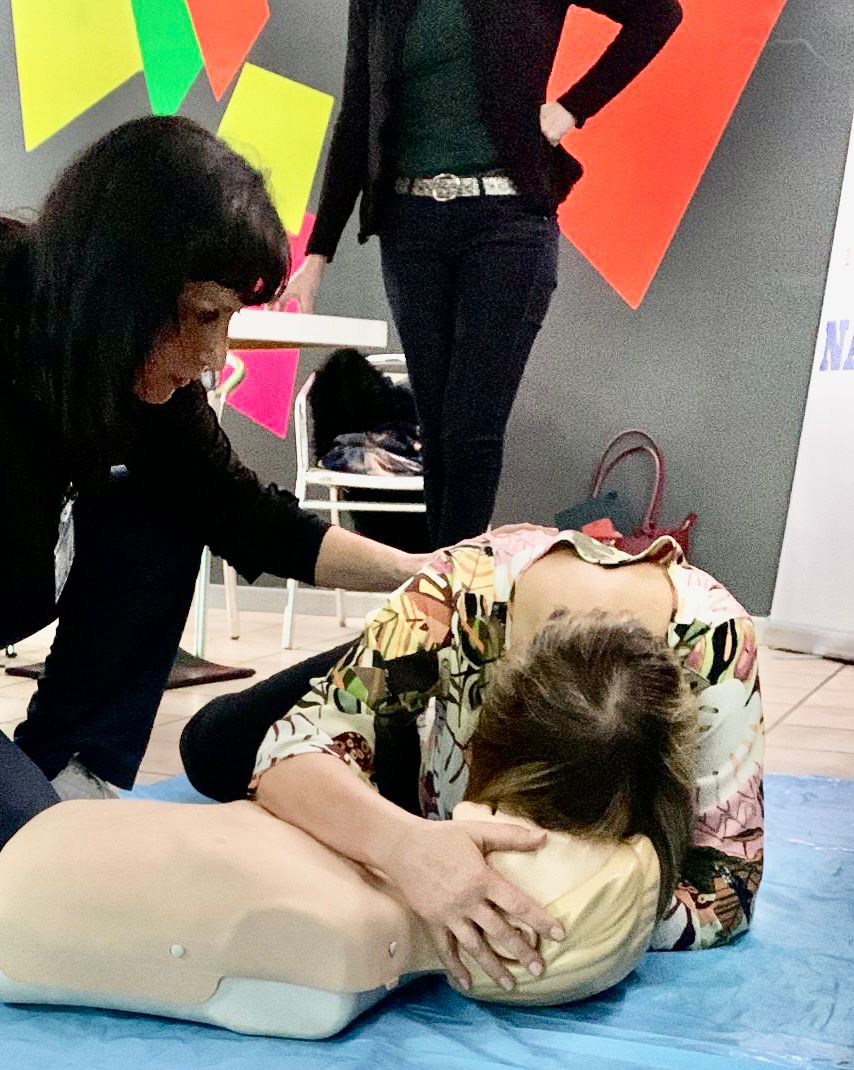NAEMT-Italy promotes a course in simulation to alleviate psychological wounds that might develop in patients during a medical emergency
Content written in collaboration with NAEMT-Italy
Psychological trauma

Psychological trauma is a state of mental “shock” that can be experienced by the victim, family members, witnesses, and even rescuers. It is a misrecognized or otherwise underestimated problem, certainly not adequately addressed.
Prehospital responders are in an optimal position to prevent or minimize psychological trauma in their patients, the consequences of which can be debilitating. Physical wounds heal; psychological wounds can remain forever. Moreover, the effects of psychological trauma extend to the family circle, work, and often to the society in which he or she lives. Rescuers must initially focus on the patient’s immediate issues, but as soon as the clinical picture is stabilized, the “hidden wounds” associated with the traumatic stress following the event must be addressed. In addition, we must always remember that
perhaps a rescuer will no longer remember the face of the patient he or she rescued, but the rescuer’s face and words will remain indelibly etched in the memory of the rescued patient.
Some variables, such as trauma severity, previous traumatic experiences, and pre-existing mental disorders, are beyond human control. However, research has suggested that two important protective factors, perceived social support (empathy) and perceived control over one’s situation (referred to as self-efficacy management), can theoretically be facilitated by personnel trained in psychological support.
The Psychological Trauma in EMS Patients Course

Originating in 2010, from the idea of a group of physicians, nurses and paramedics from the prehospital rescue system at LaGuardia Community College in New York City, supported by psychological trauma specialists affiliated with the Trauma Studies Center of the Institute for Contemporary Psychotherapy, the PTEP Course, introduced in Italy by NAEMT-Italy, is an 8-hour didactic program that takes place in-person and pays special attention to the psychological aspects of emergency rescue, both from the victim’s and the rescuers’ perspectives. The purpose is to provide rescue workers with the answers they need to help alleviate those psychological wounds due to intense fear, stress, and pain that might develop in patients during a medical emergency that is also not properly managed psychologically.
PTEP provides the foundation for an initial approach to understanding psychological trauma, illustrates its short- and long-term impact on the mind and body, paying particular attention to the signs a responder must be able to recognize about those patients who are suffering extreme psychological distress.
The course is conducted through face-to-face lectures based on cases handled interactively with the class, taking advantage of Critical Thinking Stations, where small groups of participants face significant scenarios, adopting the basic techniques taught and critical reasoning as a weapon to best solve the proposed case. Other teaching activities are the Integrated Skill Stations and the viewing of dedicated videos, which allow participants to better develop and apply the techniques taught.
Simulated Scenarios

The scenarios that students are required to deal with involve the use of simulated patients, trained to play a role and react, following a predetermined plot, to various stimuli coming from the students. The value of using people, in this type of course, thus lies not only in the actor’s aptitude to rehearse the scenes several times so as to ensure an accurate and realistic portrayal but also, and I would say above all, in their ability not to limit themselves and to be able to push the interpretive accelerator by accepting the fear, discomfort, insecurity, in short, all the feelings that the student finds himself or herself expressing.
No advanced simulation mannequin can concur, at present, to represent such reactions and feelings, a fundamental aspect in this type of interpretation necessary for this activity, which is developed and works mainly on the emotional part. Scenarios are prepared in advance, and all the various simulations of the expected emotional states are worked out and studied, so as to ensure the learners’ response is as truthful as possible.
Who can participate in the course?
PTEP is aimed at any figure involved in emergency situations, from medical professionals, such as doctors and nurses, to basic rescuers but also to any other technical rescue figure (firefighters, law enforcement, etc.).
Conclusions
There will never be a better time to begin mediating psychological trauma than when one first encounters the patient. Every rescuer must always see the patient no longer just as a new “case” to be treated, but as a person with an “emotional need” to be given special attention from the very beginning.
READ ALSO












































